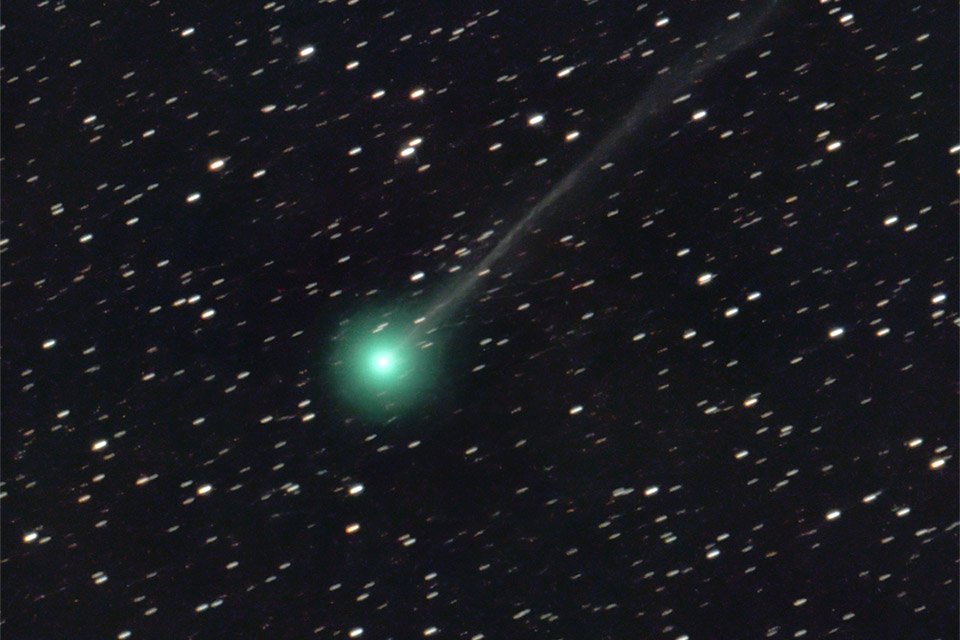Good news for those who like to observe celestial objects: Next Tuesday, September 12, a comet will pass “close” to Earth. Discovered by Japanese amateur astronomer Hideo Nishimura on August 11, the discovery of the object was confirmed by the Center for Minor Planets and named after its discoverer: comet C/2023 P1 (Nishimura).
Although it is astronomically correct to say that the comet will be close to the Earth, this distance is more than safe: 125.4 million kilometers, which is almost 84% of the distance between our planet and the Sun. Next Friday (8), Comet Nishimura will reach magnitude 4.9, which is already considered bright enough to be observed with the naked eye.
However, it is closest to the Sun in its 400-year elliptical orbit. – pseudo perihelion – It will only take place on September 17th. And although this is the comet’s brightest moment, you will have little time to observe it, because at 12 degrees from the Sun its brightness will be dwarfed by the brightness of our star.
Where will Comet Nishimura be observed in the next few days?
Comet Nishimura enters the constellation Leo today, its magnitude has reached 5.7 and has an elongation (angular position of the comet relative to the Sun) of 27.7 degrees. The object’s growing tail is now 8 arcminutes long and is still considered short. However, you can observe it a few hours before dawn with the help of small binoculars.
The orbit will proceed as shown in the map above, reaching its peak at perihelion on September 17, when the magnitude will be 2.9 (the lower the value, the greater the brightness of the object) and the elongation will be 12.2°. Since the greater the elongation, the better the visibility of the comet, it is still considered relatively good visibility.
What is the best way to observe Nishimura?
OC/2023 P1 (Nishimura) rises in the East in the early morning hours, so if you want to watch this unique spectacle you will need to wake up around 4 a.m. and use Venus as a reference (this one is slightly higher and to the left of the so-called “morning star”, preferably near the city in a place away from lighting.
It’s a good idea to use a stargazing app like Star Walk 2 or Sky Tonight and tap the magnifying glass and type “Nishimura” into the search. Then simply tap the compass or point your device at the sky. Once the screen matches “your” sky in real time, follow the arrow to see the comet on the screen. If you look in that direction in the sky, you can be amazed.
Did you like the content? So, how about finding out what the comments are made of? And don’t forget to share the article on your social networks!
Source: Tec Mundo
I’m Blaine Morgan, an experienced journalist and writer with over 8 years of experience in the tech industry. My expertise lies in writing about technology news and trends, covering everything from cutting-edge gadgets to emerging software developments. I’ve written for several leading publications including Gadget Onus where I am an author.













